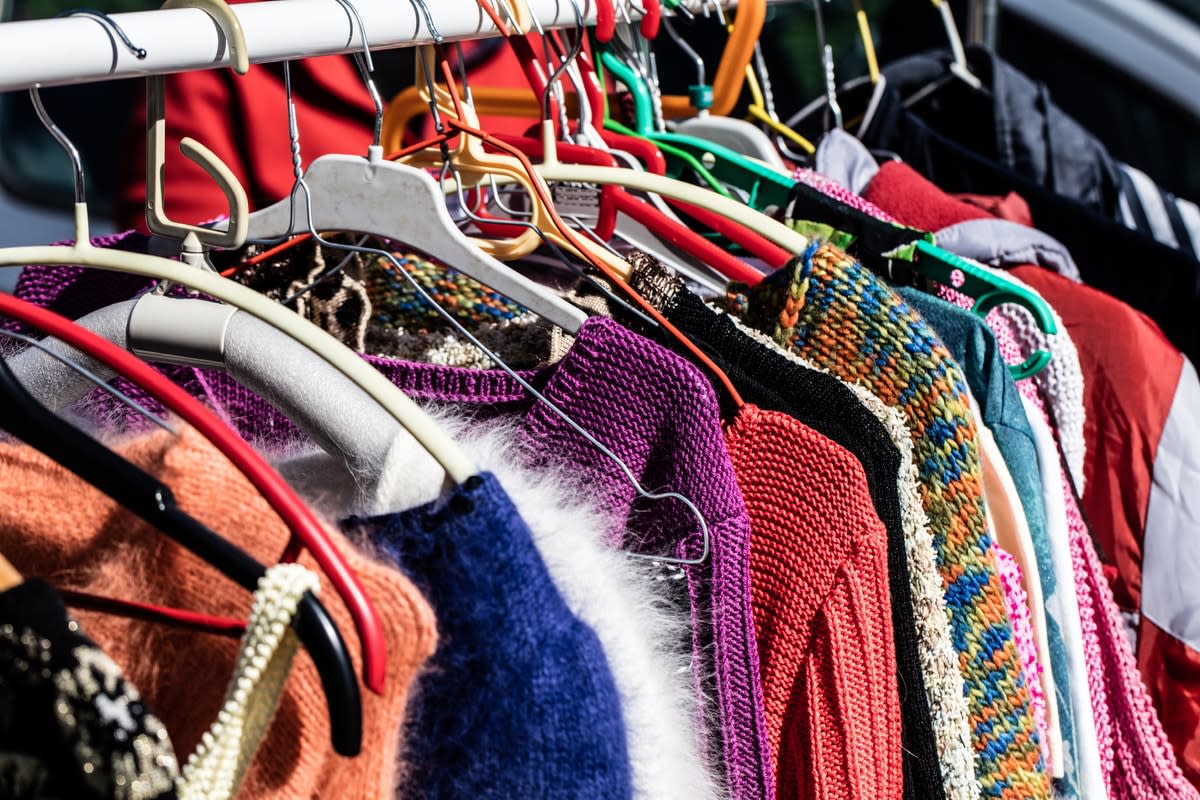We live in a digital age where online shopping is more popular than ever. Sitting in the comfort of one’s home and browsing a seemingly endless amount of goods has certainly made our lives easier. Everything’s merely a click away. What’s not to love about that?
Grace Lee Hooi Yean
Associate Professor, School of Business, Monash University Malaysia
The strict movement control orders (MCOs) imposed by the Malaysian government and the self-imposed social distancing practised by individuals have pushed consumers further towards online channels of commerce.
If it wasn’t part of your normal before, it is now. A US Census Bureau report found that in the second quarter of 2021, an was spent in retail e-commerce sales.
The downside of online shopping
While online shopping has its benefits, there’s no denying the drawbacks. Due to closed borders and the emergence of coronavirus variants, many have halted their travel plans and chose to instead spend their earnings by shopping.
This group of consumers either spends from their savings or through credit cards. And, since their introduction, ‘Buy now, pay later’ (BNPL) schemes have been encouraging irresponsible overspending.
A conducted by the Organisation for Economic Co-operation and Development (OECD) on 26 countries, including Malaysia, shows that financial literacy and knowledge of youths aged 18 to 29 is poor, and they exhibit less prudent financial behaviour.
According to the Malaysian Finance Minister, . Bank Negara Malaysia reported that 47 per cent of Malaysian youths (aged 18-29) have high credit card debts. These debts’ common internal factors include retail therapy, overspending on occasions, and a need to be part of the gang.
During the pandemic, an increasingly stressful life caused people to spend more on themselves. when stressed – the impulse to spend on oneself becomes stronger as shopping does tend to lift one’s spirits. Special occasions can likewise destroy one’s wallet.
The urge to acknowledge how important an event is and a can make us overspend.
Being part of the gang is also crucial to some, prompting them to purchase the same items as their peers. This peer influence is further boosted by the frequent use of social media platforms, which increases re-commerce (the selling of previously owned, new or used products).

Trend towards pre-loved items
As people buy more things, they often end up with items they do not need or use as often – increasing the supply in the market for pre-loved items. As consumers spend more, part of the increased spending will also fall on pre-loved goods – increasing the demand in the market for pre-loved items.
The U.S. trend reports indicate due to sustainability and caring about the product’s environmental impact. People are motivated towards buying pre-loved items such as clothing, furniture and mobile phones as they feel it could prevent wastage. This sentiment resonates with Malaysians, too.
Pre-loved items are considered ‘inferior goods’, an economic term that describes items that become less desirable when the income of consumers increases. The reduced income caused by the pandemic could have led some consumers to switch to ‘inferior goods’ consumption.
Peer influence can be a significant predictor in explaining consumers’ purchasing behaviour towards greener or sustainable products.
Celebrities, athletes and political leaders are trendsetters. They are known as reference groups that constantly spread messages (eco-conscious) through social media. When these groups encourage the purchase of sustainable products, people are inclined to follow in their footsteps – using them as a standard of their purchase decision.
The pandemic has changed online shopping forever, and people are likely to continue shopping online even after the pandemic.
The shopping trend will grow in the future, and the pattern of overconsumption is here to stay. It is undoubtedly vital to raise awareness on pre-loved items as they may positively contribute to our environment.








